When your startup disk is full-on MacBook or iMac, you may be prompted with a message like this, which asks you to delete some files to make more space available on your startup-up disk. At this point, how to free up storage on a Mac can be a problem. How to check the files taking up a large amount of space? What files can be cleared to free up space and how to remove them? If these are the questions you are asking, this article is bound to answer them in detail and solve your problem.
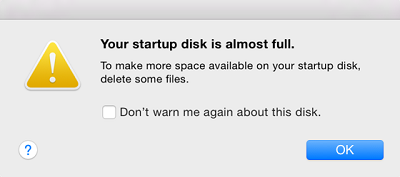
How to Check Storage on Mac
Wait a minute before you are going to free up your Mac space. It’s important to check what’s taking up space on your Mac. It is very easy to find them out. Just go to the Apple menu on your computer and go to About This Mac > Storage. Then you will see an overview of the free space as well as the occupied space. The storage is divided into different categories: Apps, Documents, Systems, Other, or the undescriptive category – Purgeable, and so on.

Looking at the category names, some are intuitive, but some of them like other storage and purgeable storage are likely to make you confused. And they usually take up a large amount of storage. What on earth do they include? Here’s a brief introduction:
What is Other Storage on Mac?
The “Other” category is always seen in macOS X El Capitan or earlier. All the files that are not categorized as any other category would be saved in the Other category. For example, the disk images or archives, plug-ins, documents, and caches would be recognized as Other.
Similarly, you may see other volumes in containers in macOS High Sierra.
What is Purgeable Storage on a Mac?
“Purgeable” is one of the storage categories on Mac computers with macOS Sierra. When you enable the Optimize Mac Storage feature, you may probably find a category called Purgeable, which stores the files that will move to iCloud when storage space is needed, and the caches and temporary files are also included. They are noted to be the files that can be purged when there is a need for free storage space on a Mac. To know more about them, click How to Get Rid of Purgeable Storage on Mac to see.
Now that you have figured out what has taken up much space on your Mac, keep it in mind, and let’s begin to manage your Mac Storage.
How to Free up Space on Mac
Actually, there are a number of ways to free up space and manage your Mac storage. Focusing on different situations and different types of files, here we will introduce 8 ways to free up Mac storage, from the easiest ways to the ones that require some time and effort.
Free up Space with a Reliable Tool
Dealing with a big chunk of unneeded and junk files is often bothersome and time-consuming. Also, freeing up Mac storage manually may leave out some files that certainly can be deleted. So, it’s great to manage Mac storage with the help of a reliable and powerful third-party tool, and can be the easiest way to free up storage on Mac.
MobePas Mac Cleaner is an all-in-one Mac storage management app that aims to keep your Mac in its new status. It provides a variety of scanning modes for you to manage all kinds of data effectively, including the Smart Scan mode to remove caches, the Large & Old Files mode to clear unused files in large sizes, the Uninstaller to completely delete apps with their leftovers, the Duplicate Finder to locate your duplicate files, etc.
The usage of this Mac cleaning software is also very easy. Below is a brief instruction:
Step 1. Free Download and Launch MobePas Mac Cleaner.
Step 2. Choose a scan mode and the specific files you want to scan (if provided), and then click “Scan”. Here we will take Smart Scan as an example.

Step 3. After scanning, the files will be shown in size. Select the files you want to delete and click the “Clean” button to free up your Mac storage.

With a few clicks, you can successfully manage your storage and free up space on your Mac. To see more details about how to free up Mac storage with it, you can head to this page: Guide to Optimize Your iMac/MacBook.
If you are going to manage storage on Mac manually, read on to see the useful tips and instructions in the following parts.
Empty the Trash
To be honest, this is more a reminder than a method. Everyone knows that we can directly drag files to Trash when we want to delete something on Mac. But you may not have the habit of clicking “Empty Trash” afterward. Remember that the deleted files will not be completely removed until you empty the Trash.
To do this, just right-click Trash, and then select Empty Trash. Some of you may surprisingly have got some free Mac storage.
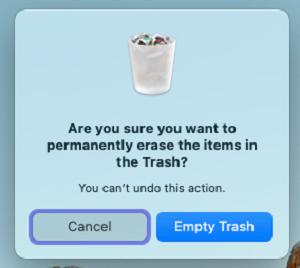
If you don’t want to manually do this every time, you can set up the feature Empty Trash Automatically on Mac. As the name indicates, this function can automatically remove the items in the Trash after 30 days. Here are the instruction to turn it on:
For macOS Sierra and later, go to Apple Menu > About This Mac > Storage > Manage > Recommendations. Choose “Turn on” at Empty Trash Automatically.
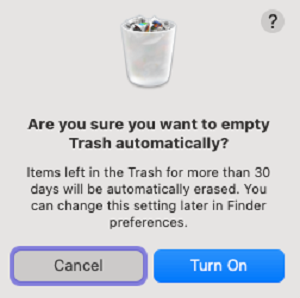
For all macOS versions, select Finder at the top bar, and then choose Preferences > Advanced and tick “Remove items from the Trash after 30 days”.
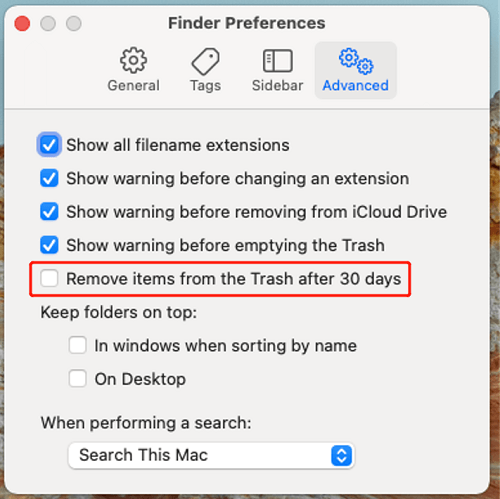
Use Recommendations to Manage Storage
If your Mac is macOS Sierra and later, it has provided useful tools for managing storage on Mac. We just mentioned a little part of it in Method 2, which is to select dumping the Trash automatically. Open Apple Menu > About This Mac > Storage > Manage > Recommendations, and you will see three more recommendations.
Note: If you are using the macOS X El Capitan or earlier, it’s sorry that there is no manage button on Mac storage.
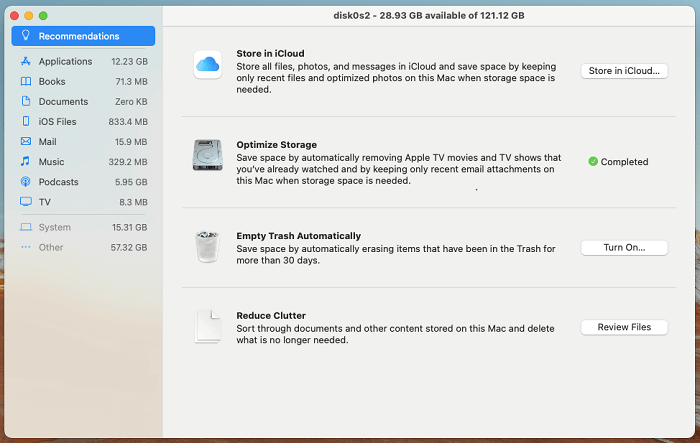
Here we will simply explain the other three functions for you:
Store in iCloud: This feature helps you store the files from Desktop and Documents locations to iCloud Drive. For all of the full-resolution photos and videos, you can store them in the iCloud Photo Library. When you need an original file, you can click on the download icon or open it to save it on your Mac.
Optimize Storage: You can easily optimize storage with it by automatically deleting the iTunes movies, TV shows, and attachments that you have watched. It’s the easiest way for you to delete movies from your Mac, and with this option, you can clean up some of the “Other” storage.
Reduce Clutter: This function can help you quickly identify large files by arranging files on your Mac in a sequence of size. Check files with this option, and delete the ones you don’t need.
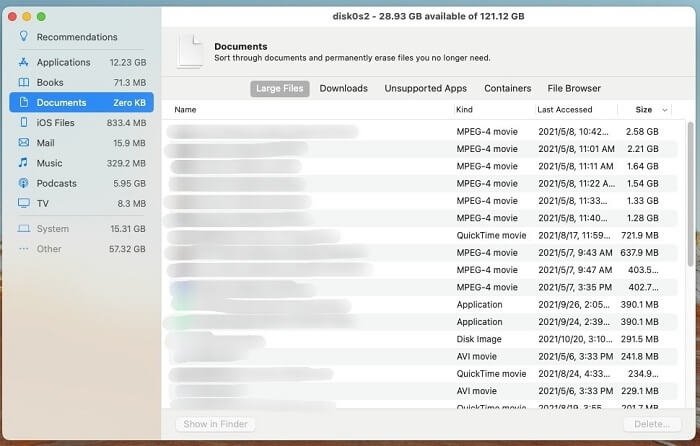
Uninstall the Unneeded Apps
Many people usually download hundreds of apps on the Mac but hardly use most of them. If you are one of those people, it’s time to go through the applications you have and uninstall the unneeded ones. It can sometimes save up a lot of space because some of the apps can occupy a big chunk of storage even if you don’t use it.
To delete an application, there are also different ways:
- Use Finder: Go to Finder > Applications, identify the apps you no longer need, and drag them to Trash. Empty the Trash to uninstall them.
- Use Launchpad: Open Launchpad, long-press the icon of the app you want to remove, and then click “X” to uninstall it. (This way is only available for apps downloaded from the App Store)
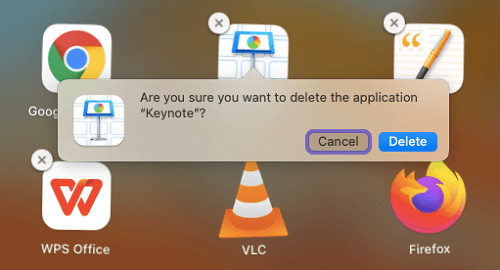
For more details on removing apps, click How to Uninstall Apps on Mac to see. But remember that these methods cannot completely delete the apps and will leave out some app files that you have to clean up by yourself.
Delete iOS Files and Apple Device Backups
When your iOS devices are connected to your Mac, they may back up without your notice, or sometimes you just forget and have backed them up multiple times. IOS files and Apple device backups may take up a lot of space on your Mac. To check and delete them, just follow the ways:
Again, if you are using macOS Sierra and later, click the “Manage” button where you check the Mac storage and then choose “iOS Files” in the sidebar. The files will show the last accessed date and size, and you can identify and delete the old ones that you no longer need.
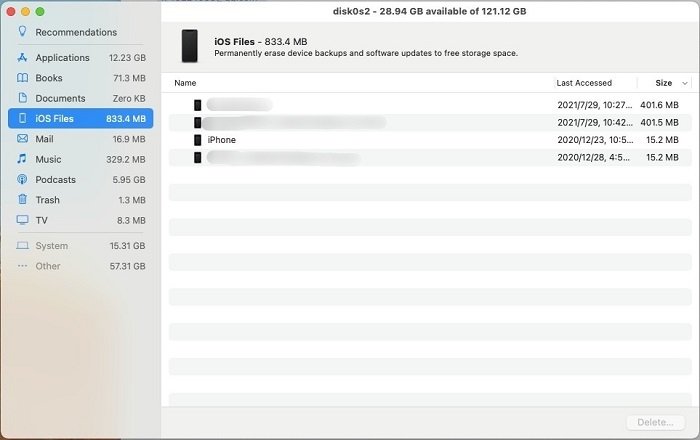
Besides, most of the iOS backup files are stored in the backup folder in the Mac Library. To access the folder, open your Finder, and select Go > Go to Folder at the top menu.
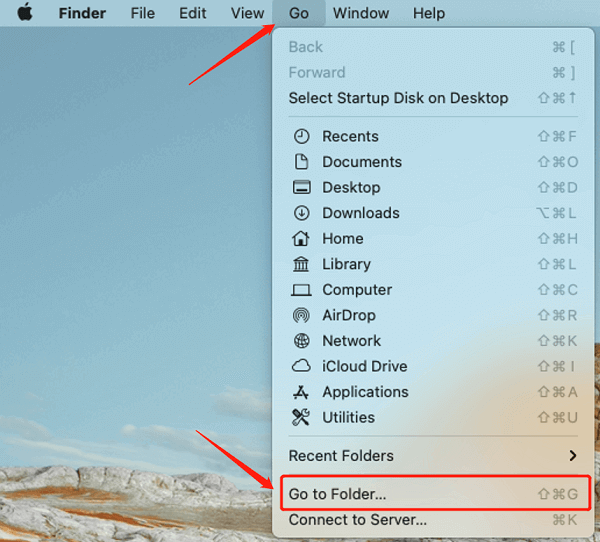
Enter ~/Library/Application Support/MobileSync/Backup to open it, and you will be able to check the backups and delete the ones you don’t want to keep.
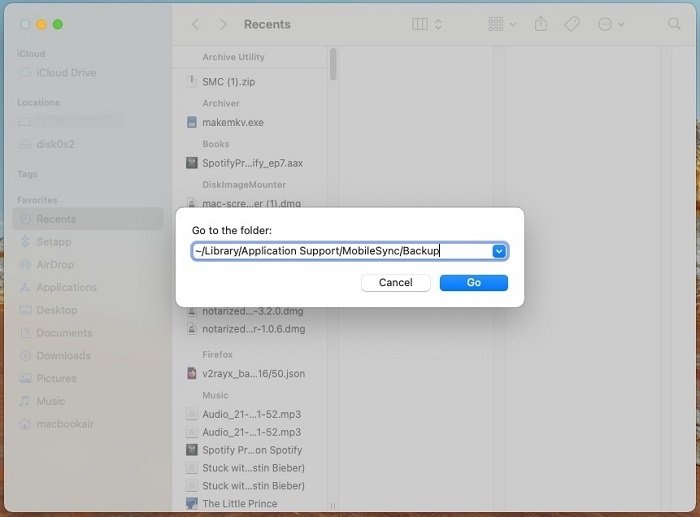
Clear Caches on Mac
We all know that when we run the computer, it generates caches. If we don’t clean caches regularly, they will take up a large proportion of the Mac storage. So, an important point to free up space on Mac is to remove the caches.
The access to the Caches folder is similar to that of the Backup Folder. This time, open Finder > Go > Go to Folder, enter “~/Library/Caches”, and you will be able to find it. The caches are usually divided into different folders in the name of different apps and services. You can sort them by size and then delete them.
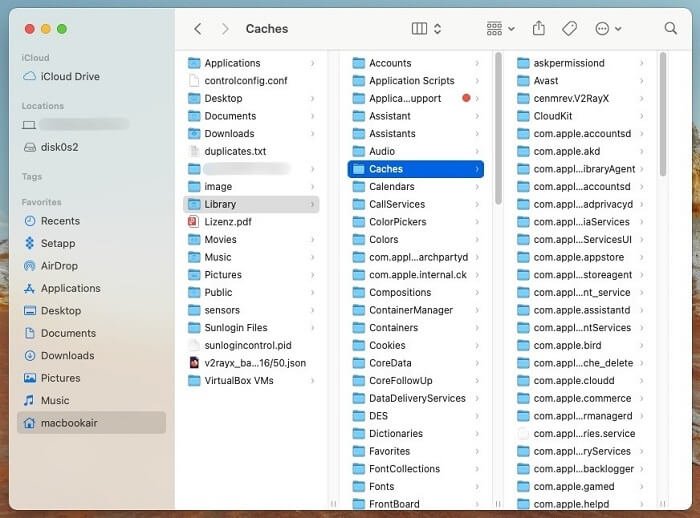
Erase Junk Mail and Manage Mail Downloads
If you frequently use Mail, it’s also probable that the junk mail, downloads, and attachments have mounted up on your Mac. Here are two ways to free up storage on Mac by removing them:
To erase junk mail, open the Mail app and choose Mailbox > Erase Junk Mail at the top bar.
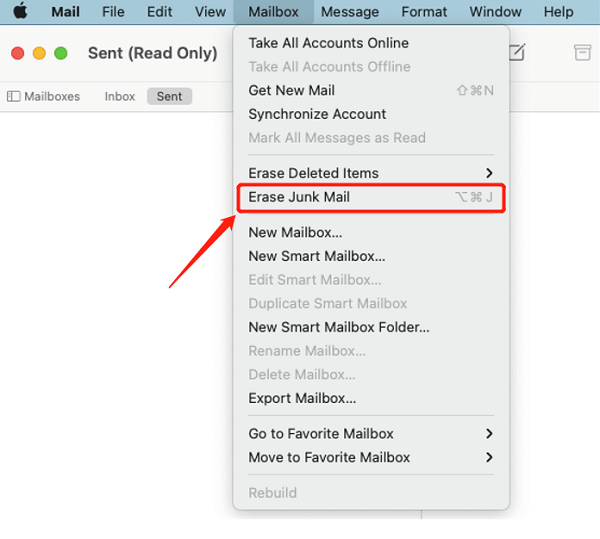
To manage the downloads and deleted mails, go to Mail > Preferences.
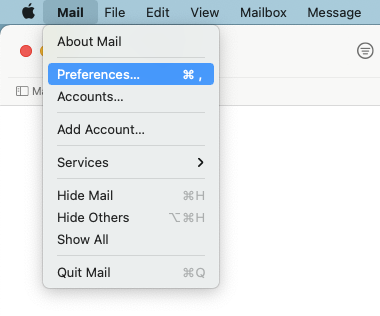
In General > Remove unedited downloads, choose “After Message is Deleted” if you haven’t set it up.
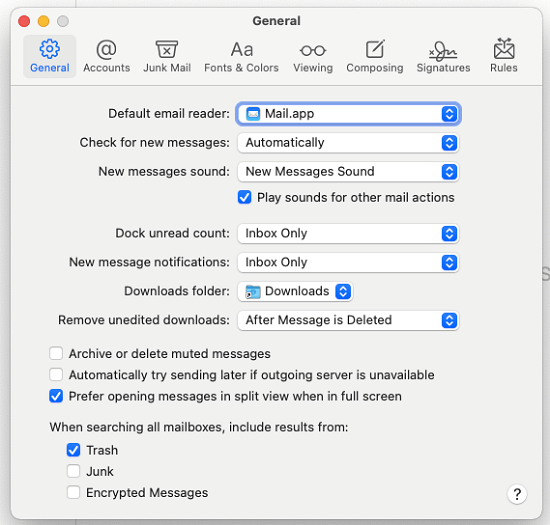
In Account, choose a period to erase junk messages and deleted messages.
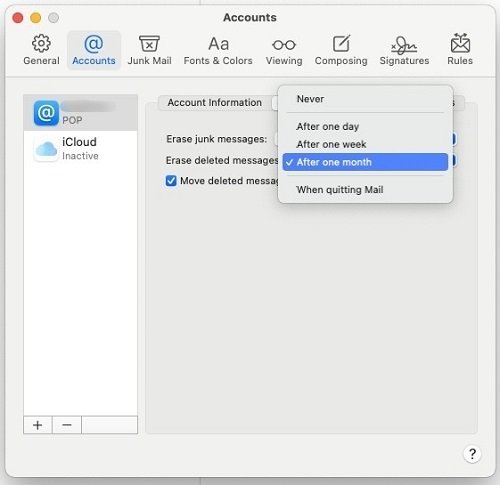
Clear Browsing Data
This method is for the ones who use browsers a lot but seldom clear the browsing caches. The caches of each browser are usually stored independently, so you need to manually remove them and free up your Mac storage.
For example, if you want to clear browsing data on Chrome, open Chrome, choose the three dots icon at the top right corner, and then go to More tool > Clear browsing data. For Safari and Firefox, the method is similar, but the specific options may differ.
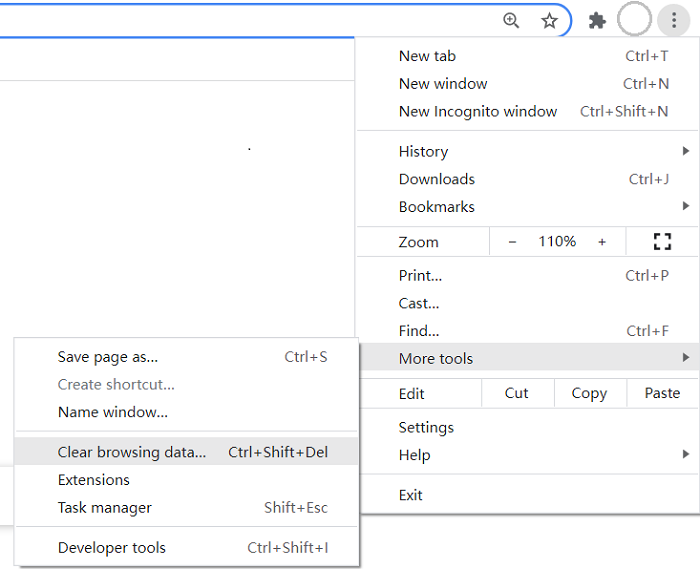
Conclusion
That’s what you should know and the things you can do when you want to clear your disk space on your Mac. There are several ways to manage Mac storage, like emptying the Trash, using Apple built-in tools, uninstalling apps, deleting iOS backups, removing caches, clearing junk mail, and browsing data.
Using all the methods may require a lot of time, so you can choose the ones that are suitable for you, or just turn to MobePas Mac Cleaner for help to free up storage on your Mac effortlessly.

